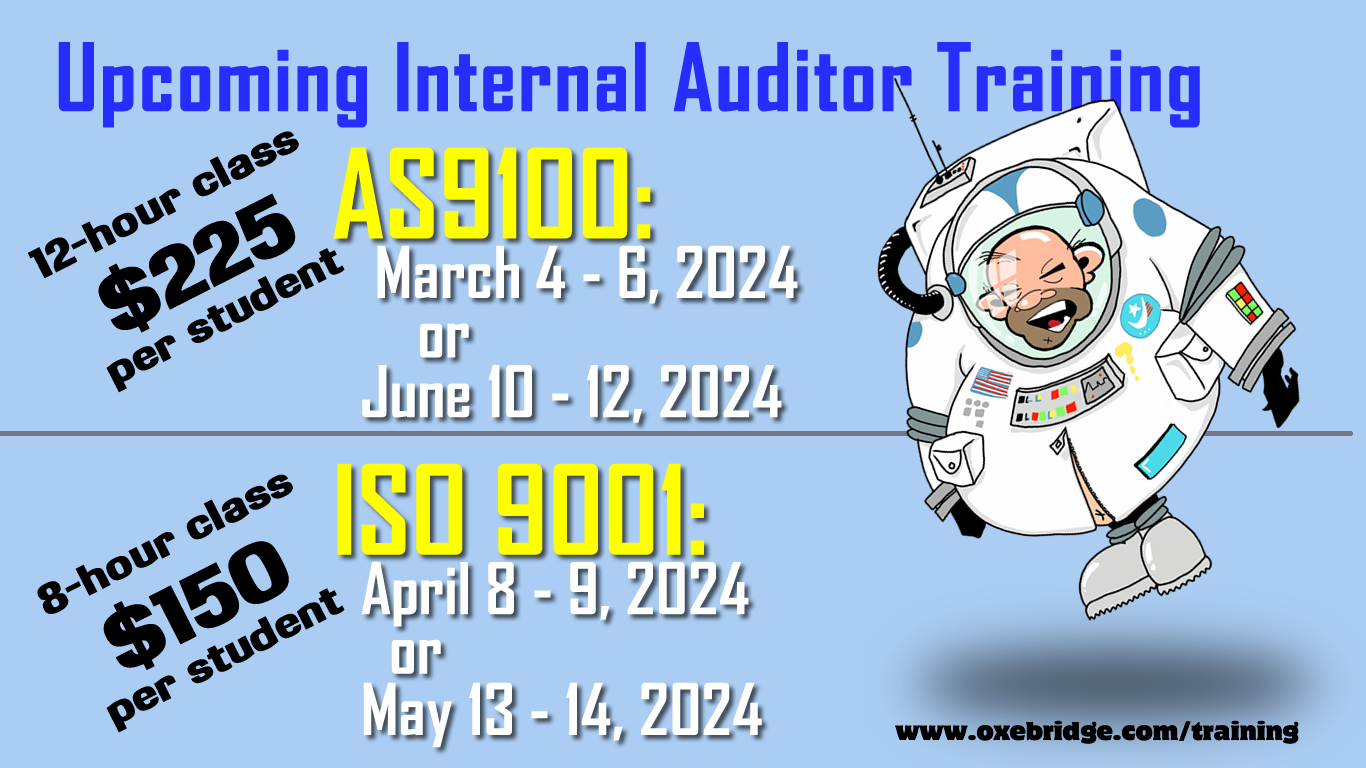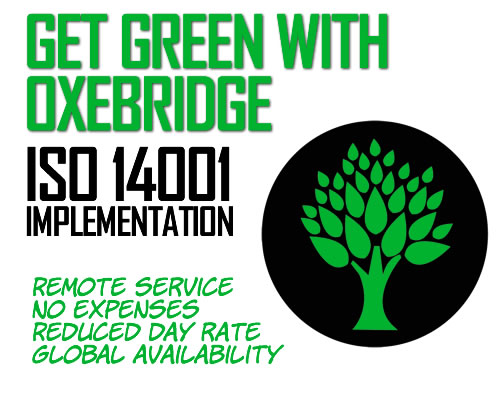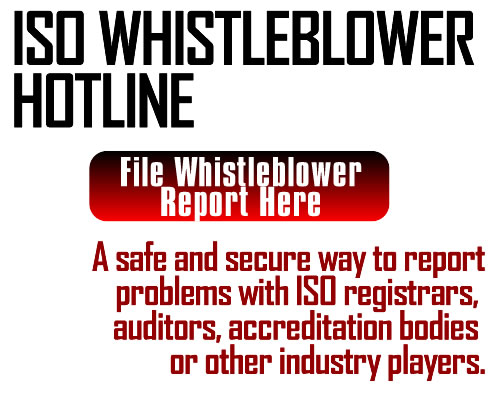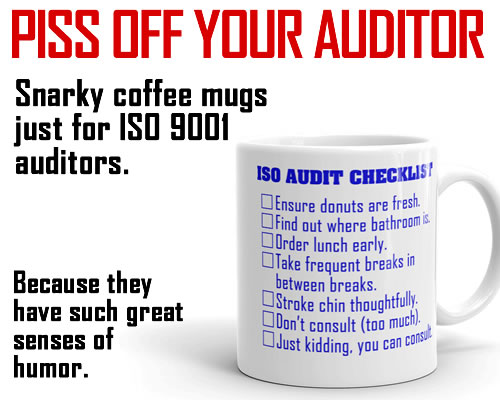[Caution; adult language.]
TC 176 is working on an unusual, and theoretically unnecessary, “technical supplement” to ISO 9001 called ISO/TS 9002: “Quality management systems – Guidelines for the application of ISO 9001:2015.” The purpose of this new ISO 9002 document is to help companies understand all the confusing things TC 176 put into ISO 9001.
Now technically, this is an overt admission on the part of TC 176 that it violated ISO (and other) regulations that require consensus standards to be clearly written. Specifically, ISO/IEC Directives, Part 2: Rules for the structure and drafting of International Standards requires:
…documents published by ISO and IEC is to define clear and unambiguous provisions in order to facilitate international trade and communication. To achieve this objective, the document shall … be as complete as necessary within the limits specified by its scope, be consistent, clear and accurate, [and] be comprehensible to qualified persons who have not participated in its preparation.
This means that by creating an entirely separate document deciphering ISO 9001, TC 176 proves to the world that it failed to ensure the standard was “clear and unambiguous” and that it would be “comprehensible” to readers. Furthermore, it proves it was not “as complete as necessary” relative to its scope.
The US TAG to TC 176 put up a half-hearted and completely unsuccessful fuss to get the TC 176 home office to acknowledge that ISO 9001 was off the rails in this regard, but it was never taken as a serious effort since (as we’ve found out) the US TAG leaders themselves admitted, in private meeting minutes, that ISO 9001 would be the “biggest boon for consultants ever“, and since (as we’ve found out, too) they stand to personally gain more than nearly anyone on the planet from the confusion, as they sell their books and speaking tours.
It gets worse. In addition to TS 9002, ISO is prepping on publishing another revision to its companion piece, “The ISO handbook: ISO 9001:2015 for Small Enterprises – What to do ? Advice from ISO/TC 176.” And of course we have seen a slew of TC 176-penned, official guidance documents spit out already, clarifying subjects like “documented information” and “risk-based thinking.” The ISO mothership in Geneva, of course, isn’t about to put a stop to this insanity, since it’s making money by printing as many redundant standards as possible. Then, using an army of dutiful supplicants like Paul Palmes, it has an unstoppable marketing machine that convinces duped users to buy these things, often under the inference that doing so is mandatory.
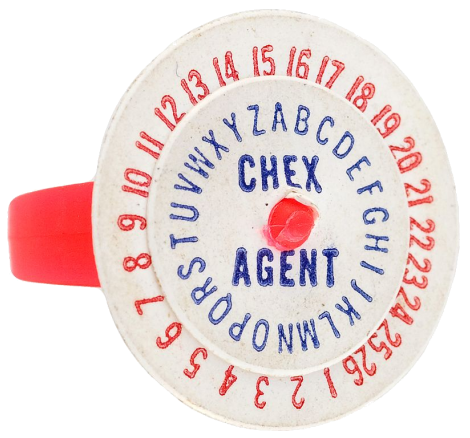 Super Decoding Ring in Every Box!
Super Decoding Ring in Every Box!
To illustrate how incredibly crazy this is, consider the approach TC 176 took relative to two simple words: “documents” and “records.” Unlike the “process approach” or “quality objectives,” the concept of documents and records never created a terrible amount of confusion. True, sometimes people would ask if a fill-in form was a document or a record, but these issues were rare, and easily explained.
But TC 176 set to fix a problem that didn’t exist, by creating a new problem entirely. Whereas previous editions of ISO 9001 had separate rules for document control vs record control — a sensible approach, since documents and records are entirely separate things — under ISO 9001:2015 they combined them into a single concept called “documented information.”
Keep in mind the differences: a document is a thing that is written once, used for instruction, and then revised as needed. A record is a thing that captures information and is then retained for later reference, and not revised. A blank form is a document; when it’s filled in with information, it’s a record. So documents are subject to revision control, but records are subject to retention policies. This means you don’t revise the form every time you fill it in, unless you edit the original template. This was all very easy under ISO 9001:2008.
Now the rules for document control and record control are merged under a single title, a single clause, and a single set of confusing — and outright maddening — requirements. It’s no longer clear if a document actually requires revision control (the standard says “as applicable”) nor if a form that you fill in by hand is a document subject to revision control or a record subject to a retention period, or both or (worse) neither. Those having strong opinions on the subject only have them because they are carrying over, in their minds, the text from the previous standard. But a literal reading of the actual words on the pages of ISO 9001:2015 make no sense, as written.
Worse still is the fact that the ISO 9001:2015 standard sometimes requires “documented information” in a context that means “procedure” and other times means “record.” But this isn’t clear in the standard itself, and you have to guess as to which it means.
Now ISO/TS 9002 comes along, with a decoding algorithm:.
It should be noted that where ISO 9001:2008 referred to documented procedures this is now expressed as a requirement to “maintain” documented information.
Similarly where ISO 9001:2008 referred to records this is now expressed as a requirement to “retain” documented information.
Got that? So if ISO 9001:2015 says “maintain” it means a document, and where it says “retain” it means a record.
To which all intelligent, rational and soft-spoken folk must ask, why the fuck couldn’t they just use the terms “document” and “record” in ISO 9001 to begin with?
Think about it: rather than use simple words that have existed in management system standards since the 1950’s MIL-Q-9858, and which were already embedded in the human consciousness, TC 176 shows the arrogance to create a new term, and then forces people to buy an entirely separate document in order to decode its meaning.
They may have well created their own language, like Klingon or Dothraki, and then sold a $1,000-a-pop set of audio tapes that people would have to study for years in order to understand it.
This is not just a gross violation of ISO Directives, it’s a nearly criminal barrier to free trade in that it imposes unnecessary additional costs on user organizations, all in order to fill the treasury in ISO’s Geneva office. The national standards bodies, like ANSI, are unlikely to balk either, since they will probably just publish the document, too, hoping to cash in. If this results in alienation of users, and rejection of ISO 9001 entirely, so be it. They can keep selling to China.
The right thing to do is for ANSI, along with NIST, to file a formal complaint against ISO for these violations, with the World Trade Organization. But because ANSI is so deeply conflicted and a working part of this problem, that can’t happen.
So get out your Visa cards, ISO 9001 users. Now you not only have to buy an overpriced ISO 9001 standard, you will have to buy a host of additional documents to help you understand it.
Christopher Paris is the founder and VP Operations of Oxebridge. He has over 30 years’ experience implementing ISO 9001 and AS9100 systems, and helps establish certification and accreditation bodies with the ISO 17000 series. He is a vocal advocate for the development and use of standards from the point of view of actual users. He is the writer and artist of THE AUDITOR comic strip, and is currently writing a pulp novella called DR. CUBA.



